Contrary to rumors leading up to Tuesday's AirPods Max release, the high-end headphone does not appear to incorporate Apple's U1 Ultra Wideband chip for orientation awareness.
Though it features a slew of sensors, AirPods Max lacks Apple's specialized U1-based positioning technology, according to a device specifications webpage.
Apple notes each ear cup holds an optical sensor, position sensor, case-detect sensor, accelerometer, gyroscope and microphones. The type of position sensor used in AirPods Max is not revealed, but if the company did include a U1 chip — generally referred to as a positioning system — it would likely be referenced by name in the tech specs breakdown.
The impressive suite of onboard sensors provides a basis for advanced features like Spatial Audio and on-head detection.
MacRumors in a report today said it independently confirmed the absence of Apple's U1. Customary teardowns should provide a definitive answer in the coming weeks.
Previous rumors claimed the incorporation of Ultra Wideband technology would allow AirPods Max to "sense" how a user wears the headphone, negating the need for dedicated left and right drivers. The U1 would also facilitate integration with a rumored update to the Find My app that is expected to support so-called "AirTags" trackers.
Apple unveiled AirPods Max early today via press release. Priced at $549, the wireless headphones boast two H1 chips for processing computational and adaptive audio, an array of nine microphones that inform active noise cancelling and transparency modes, 40-mm Apple-designed dynamic drivers, memory foam ear cushions, a 20-hour battery and more.
 Mikey Campbell
Mikey Campbell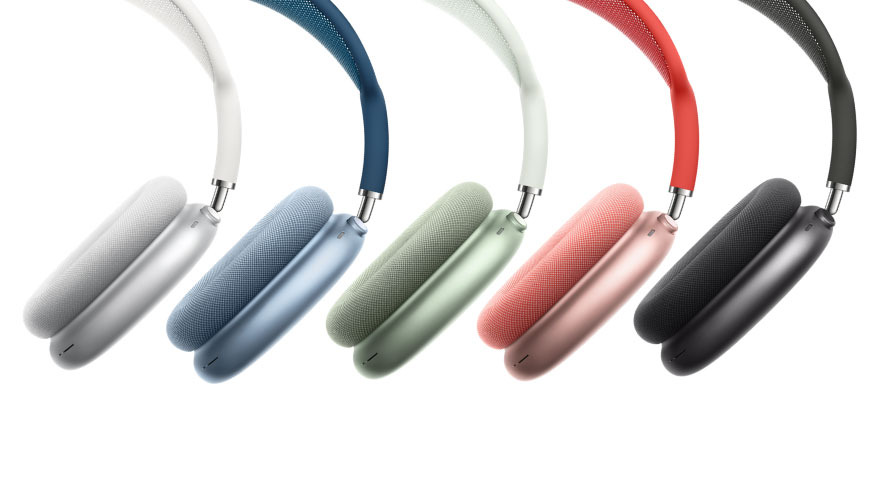


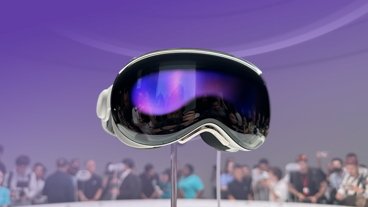





 Charles Martin
Charles Martin
 Mike Wuerthele
Mike Wuerthele
 Marko Zivkovic
Marko Zivkovic
 Malcolm Owen
Malcolm Owen
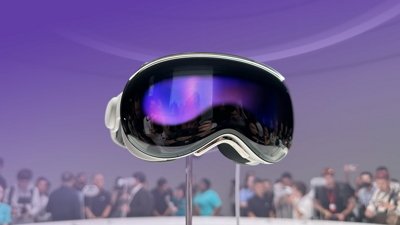

 William Gallagher
William Gallagher
 Amber Neely
Amber Neely

-m.jpg)

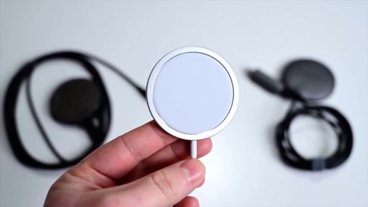
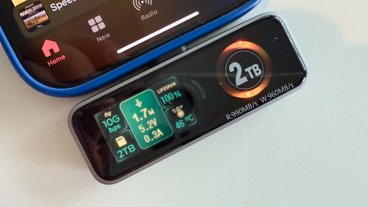



37 Comments
Seriously Apple , I am a genuine audiophile and understand that you can pay £1000 +
The AirPods Pro sit between two markets and I may be wrong , but I don’t see strong sales, outside or early adopters with money, who just love Apple Stuff.
Does anyone know anything about the H1 chip ?
Is this the first use of the H1 ?
If there's no U1 shouldn't it be using at the very least the W1 ?
Perhaps the U1 tech is integrated in the H1.